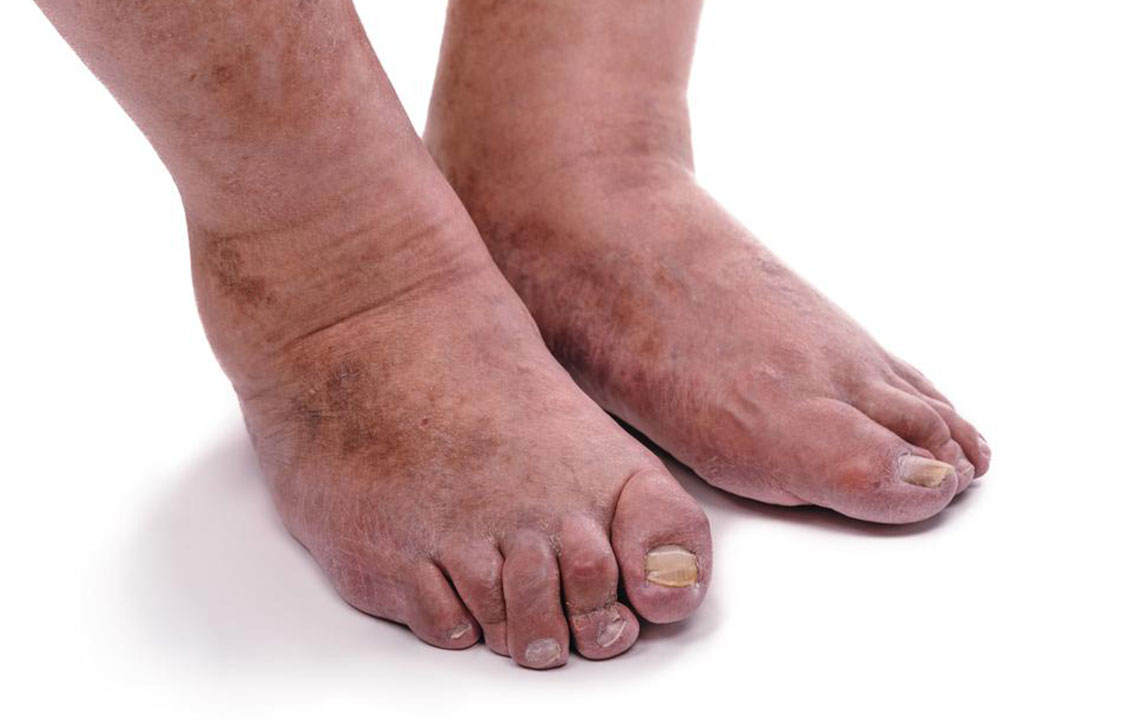Comprehensive Guide to Effective Management of Rheumatoid Arthritis
Discover comprehensive strategies for managing rheumatoid arthritis effectively. This guide covers medical treatments, physical therapy, lifestyle changes, and ongoing management techniques that help control symptoms, prevent joint damage, and improve quality of life for those living with RA. Learn how tailored therapies and proactive care can empower patients to lead active, healthier lives despite this chronic autoimmune condition.

Proven Strategies for Managing Rheumatoid Arthritis and Improving Quality of Life
Rheumatoid arthritis (RA) is a complex, long-term autoimmune disorder that primarily affects joints, leading to inflammation, pain, and progressive musculoskeletal damage. While RA is a persistent health condition with no known cure, advances in medical treatments and lifestyle interventions have significantly improved patient outcomes. Understanding its mechanisms, treatment options, and management strategies is essential for those affected and their caregivers. This in-depth guide aims to provide comprehensive insights into managing RA effectively, focusing on medical therapies, physical therapies, and lifestyle adaptations to maintain joint function and quality of life.
Understanding Rheumatoid Arthritis in Detail
Rheumatoid arthritis is an autoimmune disease where the body's immune system mistakenly targets the synovial lining of the joints. The synovium, which normally lubricates and cushions joints, becomes inflamed, thickened, and damaged over time. This ongoing process results in joint swelling, stiffness, and pain, often affecting symmetrical joints such as the hands, wrists, and knees. If left unmanaged, chronic inflammation can lead to erosion of cartilage and bones, causing deformities and significant functional impairment.
Early diagnosis and intervention are paramount in RA management because, although a definitive cure remains elusive, treatments can control symptoms, prevent irreversible joint damage, and improve long-term prognosis. Recognizing early signs such as persistent joint swelling, morning stiffness, and systemic symptoms like fatigue can prompt timely medical evaluation.
The Spectrum of Treatments for Rheumatoid Arthritis
Effective RA management is centered around reducing inflammation, alleviating pain, preserving joint integrity, and achieving periods of disease remission. Treatment strategies encompass pharmacologic therapies, physical therapy, and lifestyle adjustments, all tailored to the individual's disease severity and overall health profile. From initial pain relief to advanced disease-modifying approaches, understanding these options empowers patients and healthcare providers to develop personalized plans.
Medication-Based Interventions
Medications are the cornerstone of RA treatment, and their selection depends on disease activity, severity, and patient-specific factors. The primary goals are symptom control and slowing disease progression. Medications include analgesics, anti-inflammatory drugs, immunosuppressants, and biologics, each playing a distinct role.
Pain Relievers and NSAIDs
Non-steroidal anti-inflammatory drugs (NSAIDs), like ibuprofen and naproxen, serve as first-line treatments for pain and inflammation. These drugs help reduce joint swelling and stiffness, making daily activities more manageable. For patients with gastrointestinal (GI) sensitivities, selective COX-2 inhibitors, such as celecoxib, offer similar benefits with a decreased risk of GI side effects.
Steroids
Glucocorticoids like prednisone are potent anti-inflammatory agents used to control flare-ups. They provide rapid symptom relief but are prescribed cautiously for short-term use due to potential side effects like weight gain, osteoporosis, and blood sugar elevation. Clinicians often use steroids as bridge therapy while disease-modifying drugs take effect.
Disease-Modifying Anti-Rheumatic Drugs (DMARDs)
DMARDs are essential for altering the disease course. Common agents include methotrexate, leflunomide, and sulfasalazine. These drugs work by modulating immune responses, preventing joint erosions, and maintaining joint function. Regular blood tests are necessary to monitor for adverse effects such as liver toxicity and marrow suppression. The goal of DMARD therapy is to induce remission or low disease activity.
Biologic DMARDs
Biological therapies have revolutionized RA treatment by targeting specific immune system components. Drugs such as abatacept, etanercept, infliximab, and anakinra inhibit cytokines or immune cells responsible for inflammation. These agents are typically prescribed when conventional DMARDs are insufficient. They have shown superior efficacy in achieving remission but require careful monitoring for infections and other immune-related side effects.
JAK Inhibitors
Janus kinase (JAK) inhibitors like tofacitinib and baricitinib are newer oral agents that interfere with intracellular signaling pathways involved in immune activation. They offer an alternative for patients who do not respond well to biologics or traditional DMARDs. As with biologics, infection risk and blood count monitoring are critical considerations.
While pharmacological treatments are highly effective, they are not without risks. Adverse effects such as increased infection susceptibility, liver toxicity, and hematological changes necessitate regular medical supervision. Treating physicians customize therapy based on each patient's disease activity, comorbid conditions, and response to medications.
The Role of Physical Therapy and Lifestyle Modifications
Alongside medication, physical therapy is integral to comprehensive RA management. Skilled physiotherapists design individualized routines aimed at maintaining joint flexibility, reducing stiffness, and strengthening peri-articular muscles. Exercises often include gentle stretching, range-of-motion activities, and low-impact aerobic routines like water exercises, which minimize joint strain while improving cardiovascular health.
Assistive devices—such as braces, splints, and ergonomic tools—support joint stability and facilitate daily tasks. Proper footwear can relieve pressure on affected joints and prevent deformities. Education about joint protection techniques helps patients avoid activities that could exacerbate joint damage.
Healthier Lifestyle Choices for Better Disease Control
Diet and lifestyle significantly influence RA outcomes. A balanced diet rich in anti-inflammatory foods—like omega-3 fatty acids, antioxidants, and fresh fruits and vegetables—may help reduce systemic inflammation. Maintaining a healthy weight decreases stress on joints, particularly weight-bearing ones like knees and hips.
Regular moderate exercise promotes joint mobility, muscle strength, and overall well-being. Smoking cessation is crucial, as smoking has been linked to increased RA severity and poorer treatment responses. Adequate rest and stress management also contribute to better disease control.
Antioxidant supplements and vitamin D may support immune regulation, though patients should consult healthcare providers before initiating any new supplements. Adapting daily routines to accommodate joint limitations helps maintain independence and reduce the risk of deformities.
Long-term Management and Monitoring
Rheumatoid arthritis requires ongoing management, with regular follow-up appointments to assess disease activity, medication effectiveness, and side effects. Laboratory tests, imaging, and clinical assessments guide therapeutic adjustments. Early identification of flares or side effects allows prompt intervention, minimizing joint damage and systemic complications.
Patient education plays a crucial role in empowering individuals to participate actively in their care. Understanding medication schedules, recognizing early signs of exacerbations, and adhering to physical activity regimens improve treatment adherence and outcomes.
In conclusion, while RA remains a challenging condition, a multidisciplinary approach combining advanced pharmacotherapies, physical therapy, and lifestyle modifications can significantly enhance patients' quality of life. Ongoing research continues to introduce innovative treatments, bringing hope for even more effective management strategies in the future.





